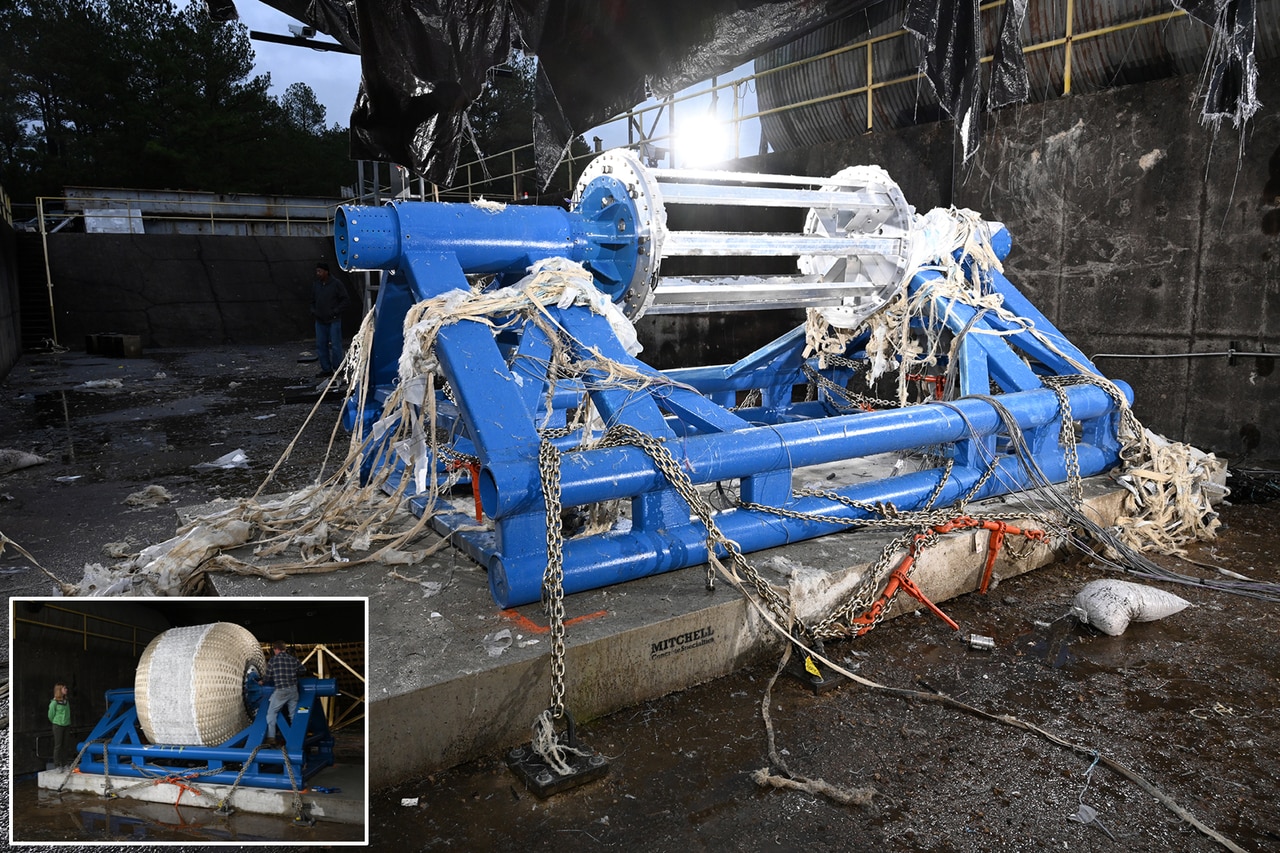Watch explosive new space history made at historic NASA test stand
Using an historic Apollo era test stand at NASA’s Marshall Space Flight Center in Huntsville, commercial space company Sierra Space inflated a prototype space habitat that could one day serve as a home to astronauts until it blew up.
It was deemed a successful test.
The dramatic January test is another step toward keeping humans alive, productive and happy in space for long periods of time, the company said. It was conducted in a “climate-controlled, disposable building” NASA built at the historic Saturn 1/1B test stand to house the experiment.
“Space is a commodity in space,” Shawn Buckley, LIFE Chief Engineer and Senior Director of Engineering at Sierra Space said afterward. The lower the “mass” of a habitat in space, the greater room for volume. Buckley said astronauts tell today’s spacecraft designers that they need more space for storage, experiments and exercise. Inflatables could be the answer.
Sierra Space calls these inflatable spaces LIFE habitats, short for Large Integrated Flexible Environment(s). NASA wants them that can last 60 years in space, and the company says it has already exceeded that.
The inflatable habitats are made of Vectran, a manufactured fiber made from a liquid crystal polymer developed by the Fortune 500 company Celanese and manufactured by the Japanese company Kuraray. The fiber is known for strength, moisture resistance and stability in hostile environments like the vacuum of space. Originally a reinforcing fiber for such things as ropes, electrical cables and sailcloth, it has been in space before in airbags used in Mars probe landings.
“LIFE represents the essential technology developments needed to one day enable humans to live and work in space,” Sierra Space CEO Tom Vice said. “Habitat units are a key element in Sierra Space’s platform in space, and this crucial milestone illustrates that our team has exceeded programmatic requirements that validate critical aspects of the LIFE design.”
NASA built the test building with two requirements: protect the test article during the test and be expendable when maximum pressure and duration were reached. Because it was always going to explode, the test was conducted beside the “flame trench” of the Saturn 1B test stand where NASA tested rockets for the Apollo program.
Buckley has worked with the Marshall center before and praised the center’s support, but he said working on and near a real Apollo test stand is different. “When I walked into the pit, I felt chills,” he said. Thinking of the stand’s history, Buckley said, “And I’m here now. There are few moments in your life when you feel like that.”
